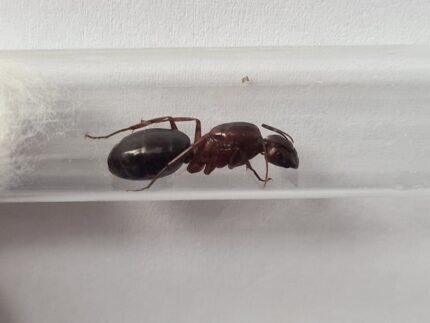
Camponotus turkestanicus
$24.71 – $54.94Price range: $24.71 through $54.94
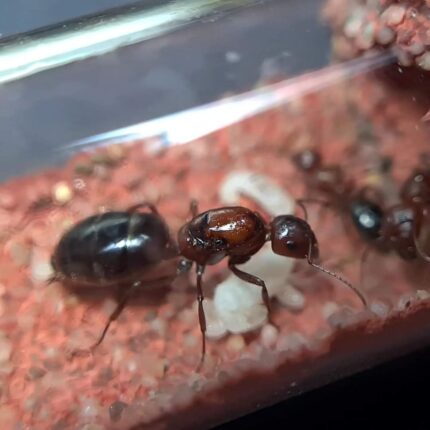
Camponotus vanispinus
$74.17 – $134.63Price range: $74.17 through $134.63
Camponotus turkestanus
$82.42 – $167.61Price range: $82.42 through $167.61
SKU:
AOTA8
Category: Ants
Tags: ant, Ant Atlas, ant colony, ant on top, antontop, ants, atlas, Atlas de hormigas, Atlas Mrówek, Camponotus cruentatus, Camponotus mitis, Camponotus turkestanus, Queen of ants
Worldwide shipping
Free delivery over 999 PLN
The highest quality of goods
Live delivery guarantee
24/7 Personal Support
Fair Prices
Description
Camponotus turkestanus is a gold-colored ant species with a colony size of up to 10,000 workers. They have a monogyny or sometimes poly colony type and a medium development rate. Their nutrition consists of food insects, syrup, fruit, vegetables, jelly, and cooked chicken. The queen measures 12-15mm, workers are 5-10mm, and majors range from 6-16mm.
Additional information
| Behavior | |
|---|---|
| Difficulty in breeding | |
| Origin | |
| The size of ants | |
| Wintering |
Description
Camponotus turkestanus – Golden Ant
- Colony Type: Monogyny (single queen)
- Colony Size: Up to 10,000 workers
- Development Rate: Medium
Size
- Queen: 12-15mm
- Workers: 5-10mm
- Major ants: 6-16mm.
Color: Golden
Nutrition
- Food insects (such as cockroaches and crickets) dead, or live if colony is big
- Syrup (a mixture of water and honey or sugar, with a ratio of 3 water:1)
- Fruits and vegetables
- Jelly
- Cooked chicken without salt, shrimps
- Honey
Don’t forget to check out our food products to ensure a well-balanced diet for your colony!
Humidity and Temperature
- Humidity: Arena: 40-60%, Nest: 50-60%
- Temperature: Arena: 22-28 °C, Nest: 22-26 °C
Recommended Nests for breeding
- Acrylic nests
- Ytong nests
- Gypsum
Reviews
Rated 0 out of 5
0 reviews
Rated 5 out of 5
0
Rated 4 out of 5
0
Rated 3 out of 5
0
Rated 2 out of 5
0
Rated 1 out of 5
0
Be the first to review “Camponotus turkestanus” Cancel reply
Related products
Anochetus graeffei
$90.66 – $140.13Price range: $90.66 through $140.13
Select options
This product has multiple variants. The options may be chosen on the product page
Aphaenogaster gibbosa
$24.71 – $54.94Price range: $24.71 through $54.94
Select options
This product has multiple variants. The options may be chosen on the product page
Aphaenogaster subterranea
$27.45 – $68.68Price range: $27.45 through $68.68
Select options
This product has multiple variants. The options may be chosen on the product page
Camponotus aeneopilosus
$109.90 – $195.09Price range: $109.90 through $195.09
Select options
This product has multiple variants. The options may be chosen on the product page


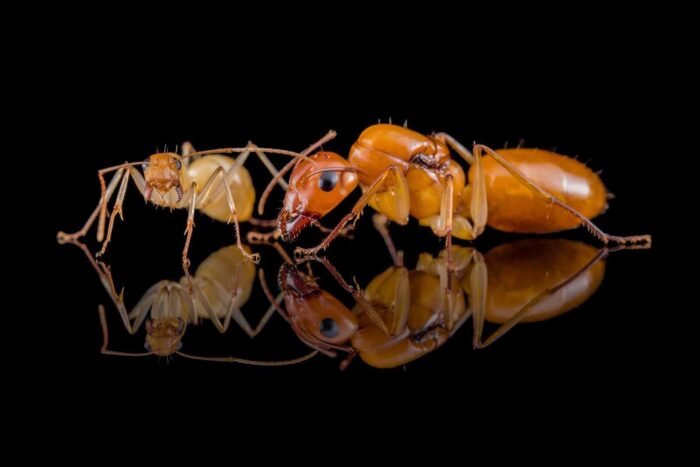
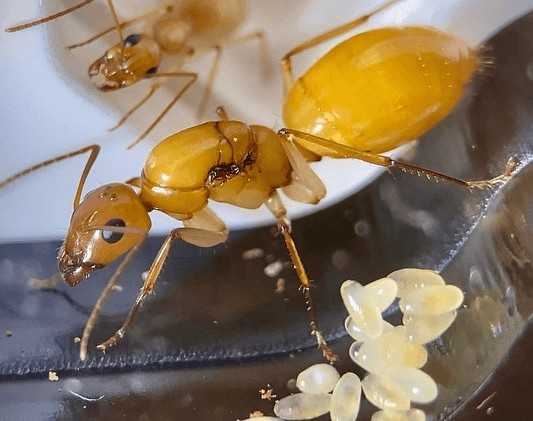
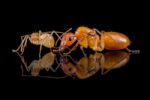

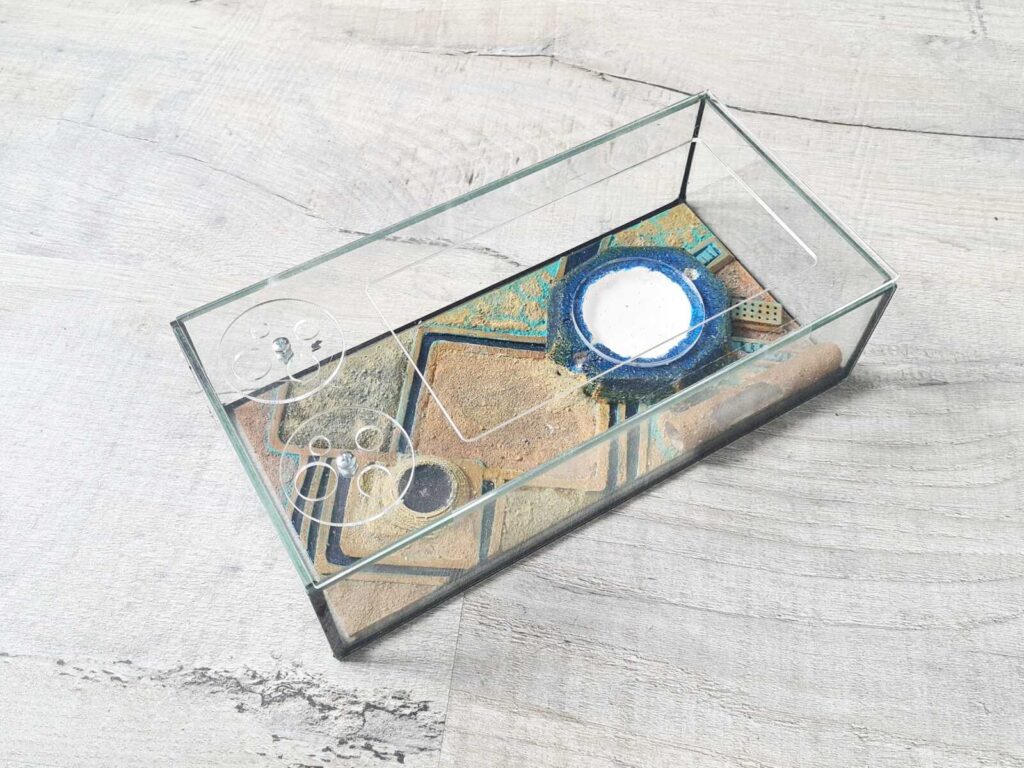

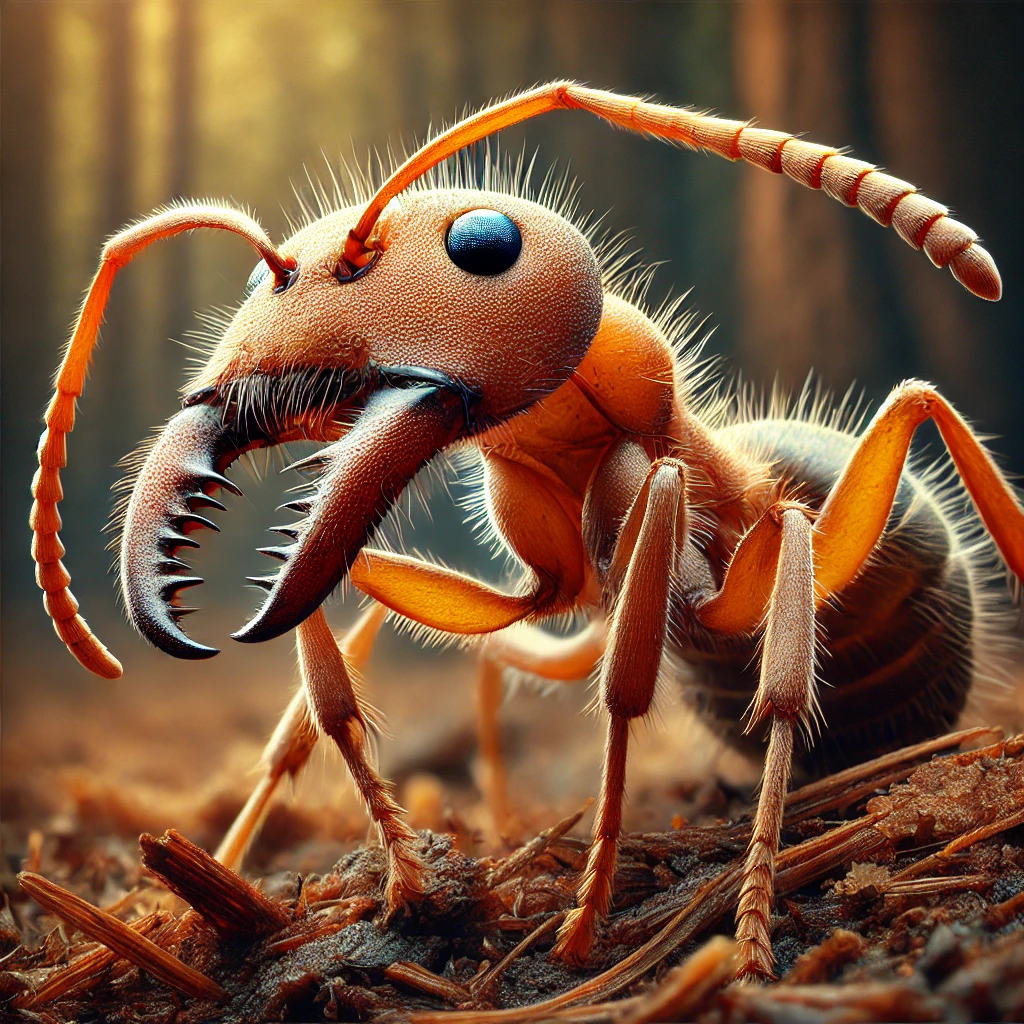
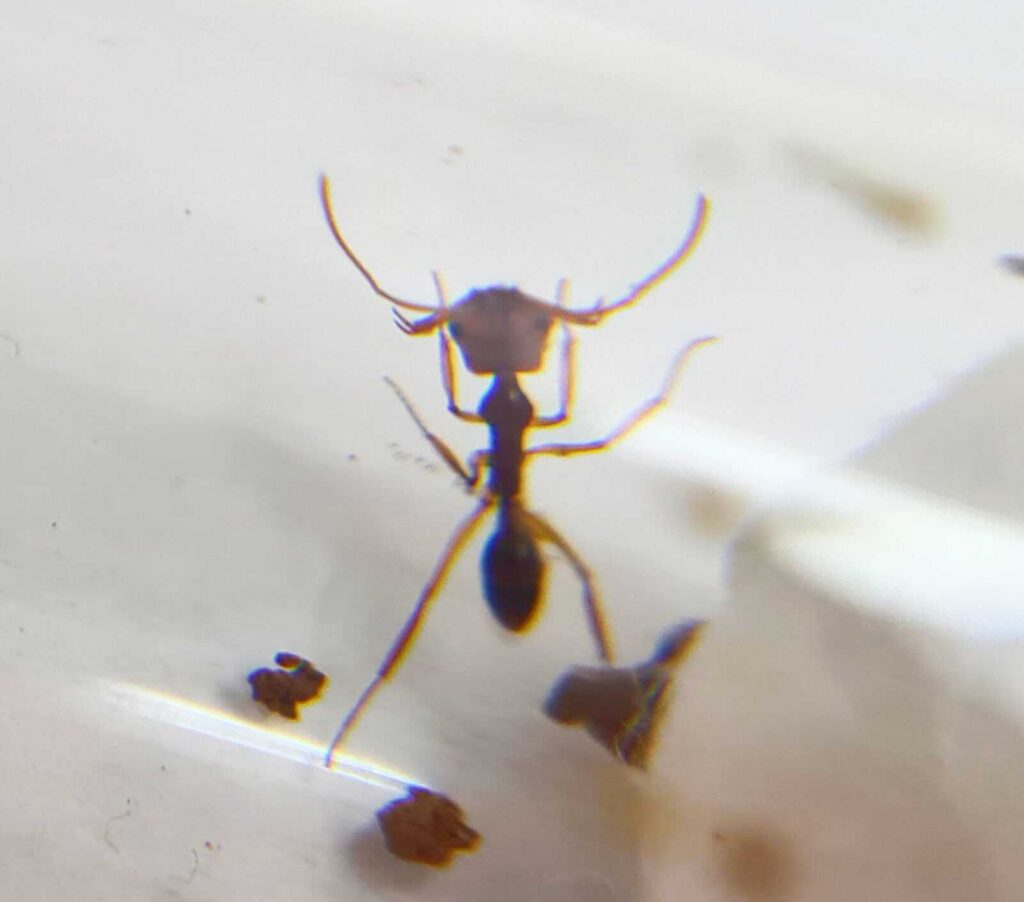
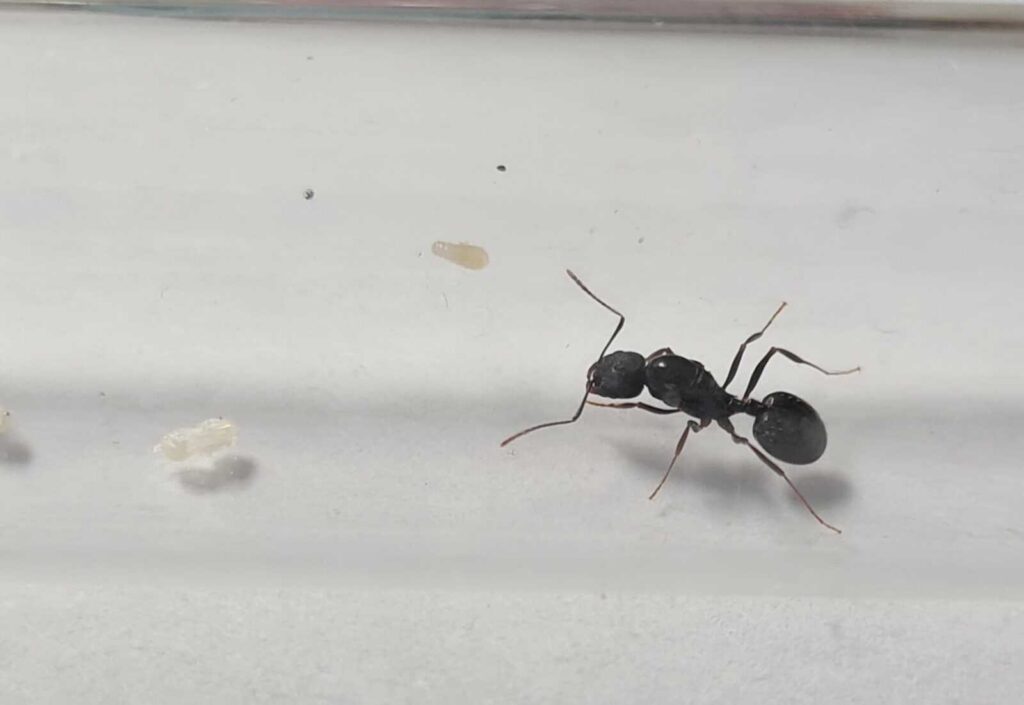


Reviews
Clear filtersThere are no reviews yet.